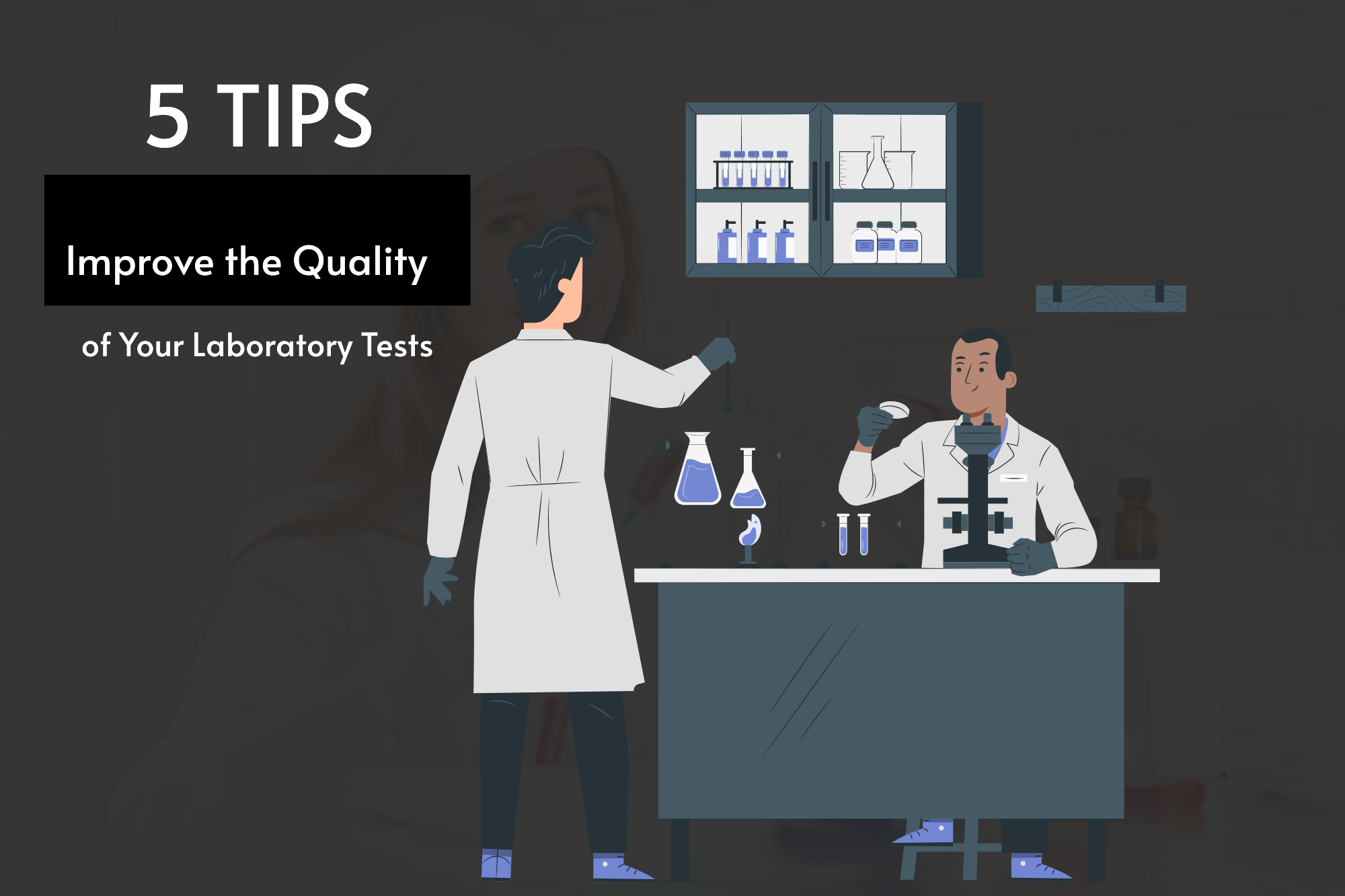It is important to ensure that your laboratory tests are of the highest quality possible. Poorly conducted tests can lead to unreliable results, inaccurate diagnoses, and wasted time and money.
Fortunately, there are many steps you can take to improve the quality of laboratory tests. In this blog post, we will provide 5 tips to help you optimize your laboratory tests and get the most accurate results. Read on to learn how you can improve the quality of laboratory tests in your lab.
1. Review Your Procedures Regularly:
Regularly reviewing your laboratory procedures is an important part of maintaining quality control. This ensures that each test is performed according to the same standardized protocol, so you get accurate and reliable results every time.
Start by creating a set of standard operating procedures (SOPs) that outlines exactly how each test should be performed. Then have your staff follow these SOPs every time they conduct a laboratory test. Make sure to include all safety protocols as well.
You should also periodically review your SOPs for accuracy and completeness. New techniques may have been developed since the last time you reviewed them, or new materials may need to be added.
Finally, consider using quality control tools such as checklists and data tracking systems. These can help to ensure that every step of the process is done correctly and efficiently.
By regularly reviewing and updating your procedures, you can ensure that your laboratory tests are conducted accurately and consistently. This will help you to produce better quality results and improve customer satisfaction.
2. Ensure Your Equipment is Properly Calibrated:
Calibration is an essential part of laboratory testing. It is important to regularly check the accuracy and precision of your equipment, so that you can be sure that your results are reliable. To ensure that your equipment is properly calibrated, it is best to regularly inspect it, either internally or externally by an independent service provider.
Regular inspections should include checking the device against a known standard and adjusting any settings as necessary. Additionally, you should also keep detailed records of the calibration process and the results obtained. By properly calibrating your laboratory equipment, you can be sure that your results are accurate and reliable.
3. Use Controls and Standards:
Controls and standards are essential for ensuring the accuracy and reliability of laboratory tests. Controls provide reference materials to compare and verify results against. Standards help establish performance criteria, set limits, and monitor trends.
To ensure accuracy, it is important to use controls and standards that are traceable to a recognized authority. Make sure you’re familiar with the specifications for your laboratory test to choose the appropriate control and standard for it.
When selecting a control, make sure it matches the composition of the sample as closely as possible. Consider factors like concentration range, matrix type, and analyte class.
It is important to check controls and standards before each test, to ensure they are within their expiration date and in good condition. Calibrate the instrument according to the manufacturer’s instructions and make sure all readings are in the acceptable range.
By following these steps, you can be sure that you’re using the right controls and standards to ensure accurate results.
4. Maintain a clean and well-organized laboratory:
A clean and well-organized laboratory is essential for ensuring accurate laboratory test results. An unorganized and unclean environment can increase the chances of contamination and inaccurate results.
It is important to keep the laboratory clean and orderly by regularly cleaning surfaces, storage areas, workstations, equipment, and other areas where samples are handled. Make sure to use appropriate cleaning materials, such as disposable wipes and disinfectants, to prevent cross-contamination of samples.
Organization of the laboratory is just as important as cleanliness. Make sure that all supplies and equipment are clearly labeled and stored in designated areas. Also, consider establishing a tracking system for supplies and chemicals used in the lab.
Good communication between staff members is essential for proper organization of the lab. Establish a method for team members to communicate about issues that may arise in the lab, such as contamination or mislabeled samples. This will help to ensure that everyone is on the same page and that any potential problems are addressed quickly.
By taking the necessary steps to keep your laboratory clean and organized, you can ensure that your laboratory tests are accurate and reliable.
5. Train Your Staff on Proper Procedures:
Ensuring your laboratory tests are accurate and reliable begins with properly trained staff. Training is essential for all members of the laboratory team, from entry-level technicians to lab directors. All laboratory personnel should be provided with the information and training needed to accurately perform their duties and to recognize and resolve any potential problems.
At a minimum, staff should understand the purpose of each test, the types of materials used, and the various steps in the procedure. They should also be aware of any safety risks associated with the testing process and understand how to correctly use safety equipment.
Laboratory personnel should also be trained on best practices for ensuring accuracy in the laboratory. This includes proper handling and storage of materials, safe disposal methods, and quality control processes. Quality control procedures should be documented and followed to guarantee the results are reliable and valid.
Regular staff training can help ensure that laboratory testing is consistent and accurate. By keeping all staff up-to-date on the latest procedures, you can help ensure your laboratory tests are of the highest quality.

